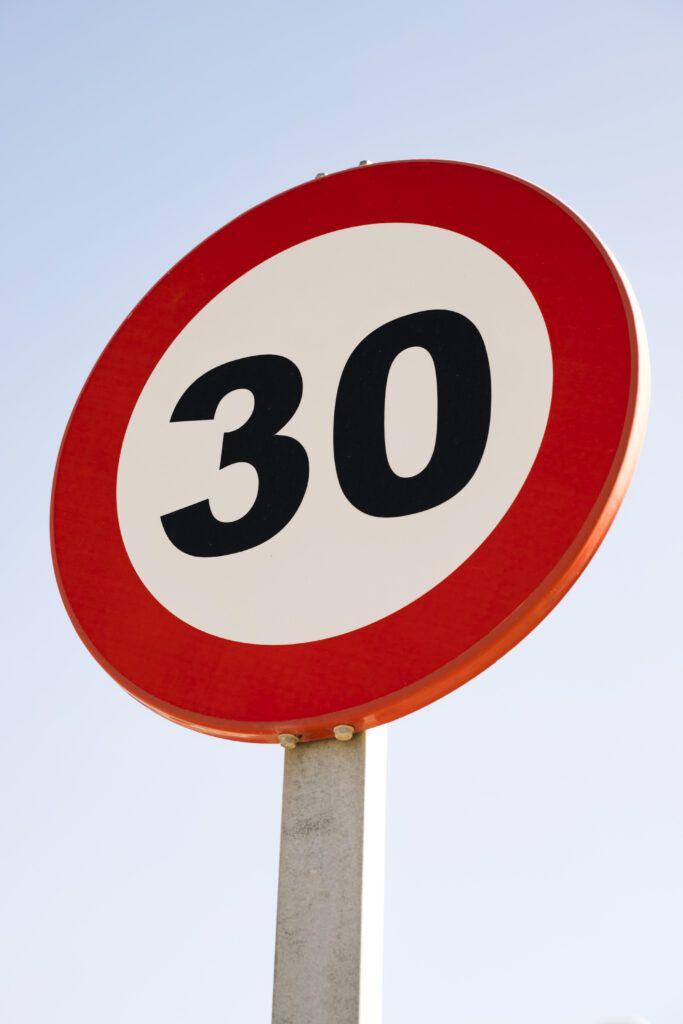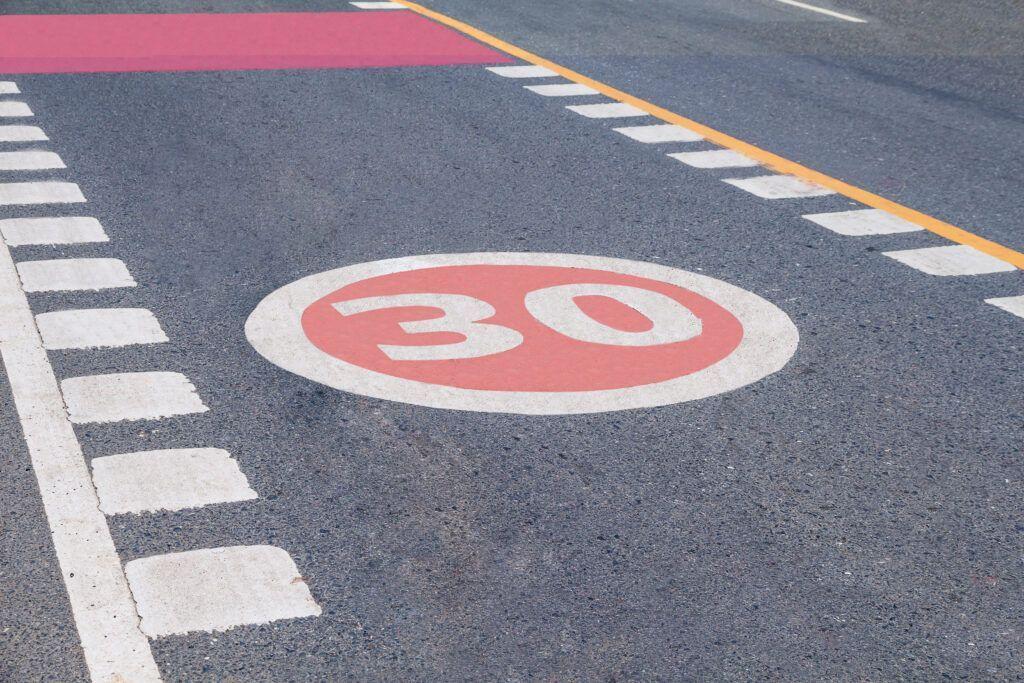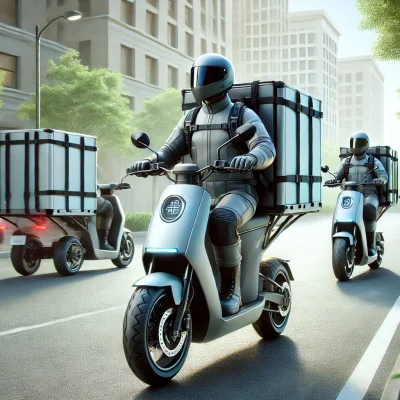The speed limits implemented in recent years in Spanish cities can be difficult to maintain at times. It is normal that the new traffic regulations on the regulation of speed limits on urban roads and crossings seems misplaced right after its start-up as drivers have been following regulations for years that have now been modified. However, its good results in terms of reducing accidents are worth the effort.
The new regulation for speed limits on urban roads and crossings sets out to reduce pollution, encourage sustainable mobility and, above all, contribute to the improvement of road safety. In other words, the new regulations seek to achieve a noticeable decrease in the number of accidents in urban areas, in which both vehicles and pedestrians or cyclists are involved. And although the measures adopted have not been to the liking of many drivers, who see them as slowing down city traffic, the fact of the matter is that they are achieving the goals they set themselves.
All types of vehicles travelling around cities and surroundings must comply with the new regulations. That includes those vehicles dedicated to last mile logistics. Delivery services tend to concentrate most of their routes in urban areas. And whilst it is true that companies need to reach their customers quickly and efficiently through their last-mile service, it is no less true that, with the right vehicles, they will not have their routes disrupted and they will meet their performance and profitability goals.
Which regulation has been affected?

Article 50 of the Spanish General Traffic Regulations on speed limits on urban roads and crossings states the following:
- The general speed limit on urban roads will be:
- 20 km/h on roads that have a single carriageway and pavement.
- 30 km/h on roads with a single lane in each direction of travel.
- 50 km/h on roads with two or more lanes in each direction of travel.
With this in mind, lanes reserved for the circulation of certain users or the exclusive use of public transport will not be included.
- The general speeds determined may be reduced subject to specific signposting by the Municipal Authority.
- By way of exception, the Municipal Authority may increase the speed on roads with a single lane in each direction up to a maximum speed of 50 km/h, subject to specific signposting.
- On the urban roads referred to in section 1c) and at crossings, vehicles transporting dangerous goods will travel at a maximum speed of 40 km/h.
- The general speed limit at crossings is 50 km/h for all types of vehicles. This limit may be lowered by arrangement between the Municipal Authority and the owner of the road, subject to specific signposting.
- The general speed limit on motorways and highways running within inhabited areas will be 80 km/h, though they may be increased by arrangement between the Municipal Authority and the owner of the road, subject to specific signposting, without exceeding, in any case, the general limits determined for said roads outside inhabited areas.
- The municipal authorities and road owners may adopt the necessary measures to calm the traffic and facilitate the perception of the speed limits set.
Basically, a general reduction in the maximum speed allowed in urban areas has been carried out and of particular note is the reduction from 50 km/h to 30 km/h on roads with a single lane per direction of traffic. Furthermore, in school zones a maximum speed of 20 km/h is set at school starting and ending times; and speed limits are set in line with the type of vehicle.
Last mile logistics
Self-evidently, last mile logistics is directly affected by the change in regulations. Businesses must adapt to the new rules, rethinking their routes and committing to non-polluting vehicles. In this way, they will continue to meet their objectives and ensure their profitability.
Delivery times increase due to slower speeds, but routes can be designed to achieve maximum efficiency on each trip. With this in mind, it is essential to choose the vehicles that best suit the products to be transported and the routes of each business. And this is easier if they are electric as they are allowed access to any space restricted to combustion engine vehicles, thereby reducing air pollution in cities.
Examples of last mile electric vehicles designed to optimise delivery in cities are the electric bike LITTIUM IBIZA, the electric three-wheelers BKL 850, BKL HULK or EEZON E3, the electric motorcycles SILENCE S02 HS, URBAN D80 or LVNENG LX05, LVNENG LX08, the electric quadricycle PAXSTER CARGO or the compact electric vans CENNTRO METRO or SUPERINQUIETO.





